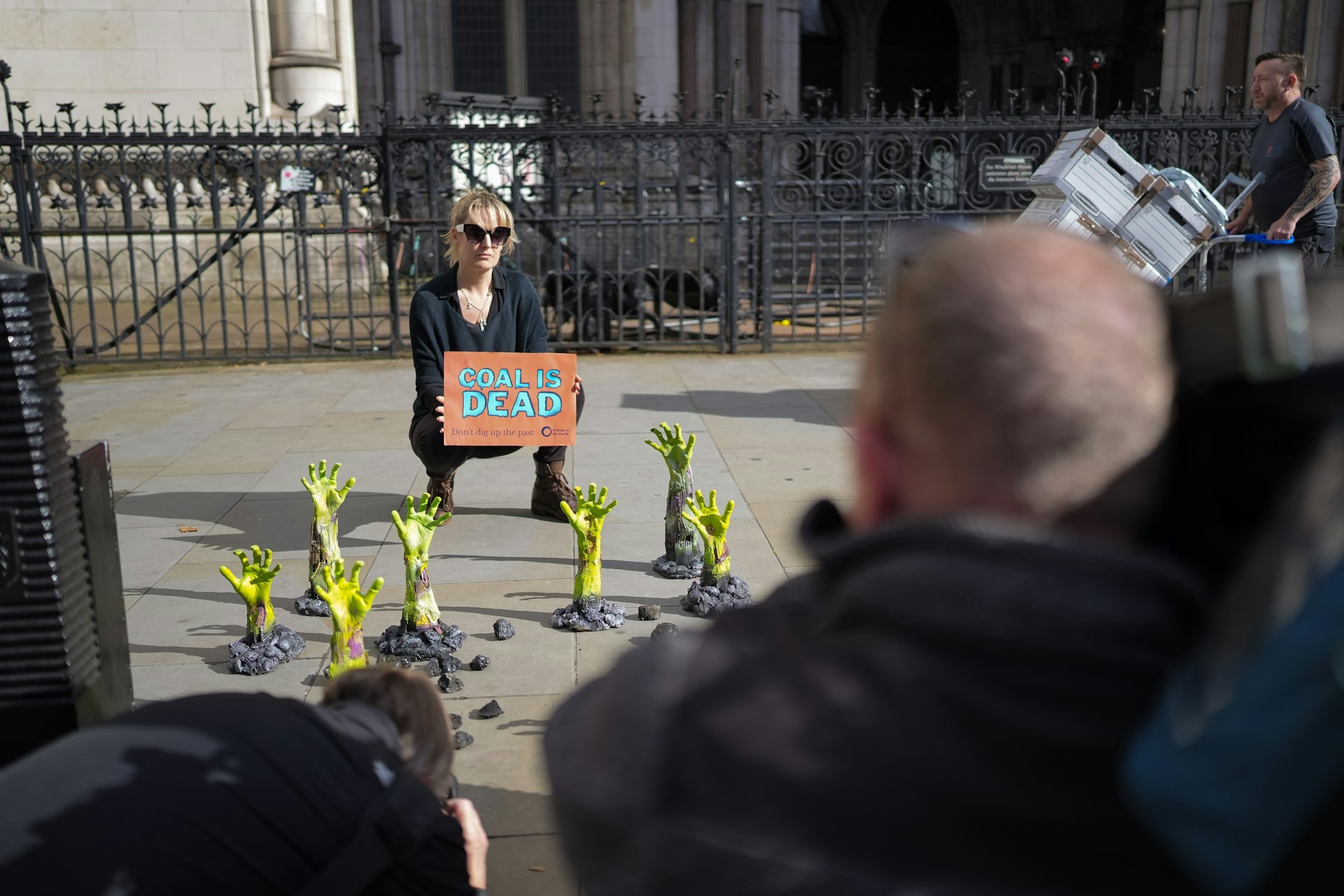“A green favela”: The reality of life in the Brazilian Amazon
- Text by Isaac Muk
- Photography by Tommasso Protti

A decade ago, Tommaso Protti travelled to Brazil’s northern Pará State, venturing deep into the Amazon Rainforest for the first time. The photographer was on assignment to document the environmental impacts of the Belo Monte Dam along the northern section of the Xingu River and expected a never ending expanse of wilderness. But instead of virgin jungle and uncontacted indigenous people, he found himself in the vast city of Altamira, where there was makeshift housing, drug cartels, and a murder rate of 124.6 per 100,000.
“I was full of stereotypes, clichés about spending time in the jungle with indigenous tribes,” Protti recalls. “But in the end, I spent most of my time in the city – it literally blew up because of the pressure of thousands of migrant workers who went to work on the construction of the dam. The town was full of violence, it was a really tough situation.”
It was an eye-opening experience, and over the next 10 years he lived in and around the region, enveloping himself within the Amazon’s dark underbelly. Now, a selection from his vast archive of work is presented in his new monograph Terra Vermelha – a haunting vision of humanity’s devastating impact on the world’s largest forest.




“It’s a developing region where there are big cities – even cities with a million people living there,” Protti explains. “It’s like a green favela in that a lot of parts have the same characteristics of big Brazilian cities – a lot of inequality, a lot of poor people living in bad shanty towns.”
With the area’s rich natural resources, vast size and murky borders – the Amazon Basin spans around 2.7m sq miles (8m sq km) and eight nations – the rainforest has become a new frontier for people in search of opportunity, untapped wealth, or cover for illicit activities. According to Brazil’s National Institute for Space Research (INPE), the Amazon has seen 17 per cent of its total rainforest destroyed over the past 40 years, with rates increasing exponentially – many spurred on by former Brazilian president Jair Bolsonaro’s vocal disregard for the environment. Deforestation hit a record high in 2022 with an estimated 2m hectares cleared, and although signs point to its slowing in Brazil and Colombia over the past year, its problems remain.
“I thought about it as a modern Wild West, because it’s a land that everybody wants to conquer or exploit, and there’s an effective lack of government so there is a lot of impunity,” Protti says. “I discovered that a lot of issues are not just related to environmental crimes, but drug trafficking. But it also has a big nexus with environmental crimes because illegal mining, illegal logging and cattle ranching have become a way for narcotraffickers to launder money.”




Shot in black-and-white, the pictures are stark and disquieting, portraying the complexity of life in the rainforest. Landscape hint at the scale of deforestation in the area, while some moments celebrate indigenous resilience and community joy, alongside guns, violence, and even tragic scenes of death. Two photographs side-by-side see a group of men with assault rifles and pistols beating a man to the ground.
“There was a group of forest indigenous guards beating up another indigenous [person] who was collaborating with illegal loggers,” says Protti of the situation. “We were patrolling at night to find illegal loggers inside [indigenous] reserves, and this guy passed in the direction of the loggers’ camp to warn them that we were arriving, and when they stopped him he started yelling and fighting and they beat him up. I think it’s interesting because they are two indigenous [groups] fighting each other for different reasons and this is part of the complexity of the modern Amazon.”
While the re-election of President Lula gives ostensible hope that the region could be protected, Protti – with his years of experience in the rainforest – struggles to see how the Amazon’s issues can truly be solved. “Lula says that he wants to protect the environment, but from my point of view the situation is out of control,” he continues. “You will need a huge martial plan to find a solution for this place.”
Terra Vermelha by Tommaso Protti is published by VOID
Latest on Huck

Autism cannot be cured — stop trying
A questionable study into the ‘reversal’ of autism does nothing but reinforce damaging stereotypes and harm, argues autistic author Jodie Hare.
Written by: Jodie Hare

Bristol Photo Festival returns for second edition
After the success of it’s inaugural run, the festival returns this autumn with exhibitions, education and community programmes exploring a world in constant motion through still image.
Written by: Ben Smoke

Documenting the life of a New York gang leader paralysed by gun violence
New photobook ‘Say Less’ is a complex yet humanising look into a life wrecked by gun violence and organised crime.
Written by: Isaac Muk

The woman who defined 80s Hip Hop photography
A new exhibition brings together Janette Beckman’s visionary and boundary pushing images of an era of cultural change and moral panic.
Written by: Miss Rosen

In photos: the dogs of Dogtown
A new photobook documents Venice Beach’s four legged friends and their colourful cast of owners.
Written by: Isaac Muk

Inside the battle to stop coal
As the legal challenge against Britain’s first deep coal mine in 30 years reaches the High court, we talk to activists at the centre of the fight to stop it.
Written by: Ben Smoke




